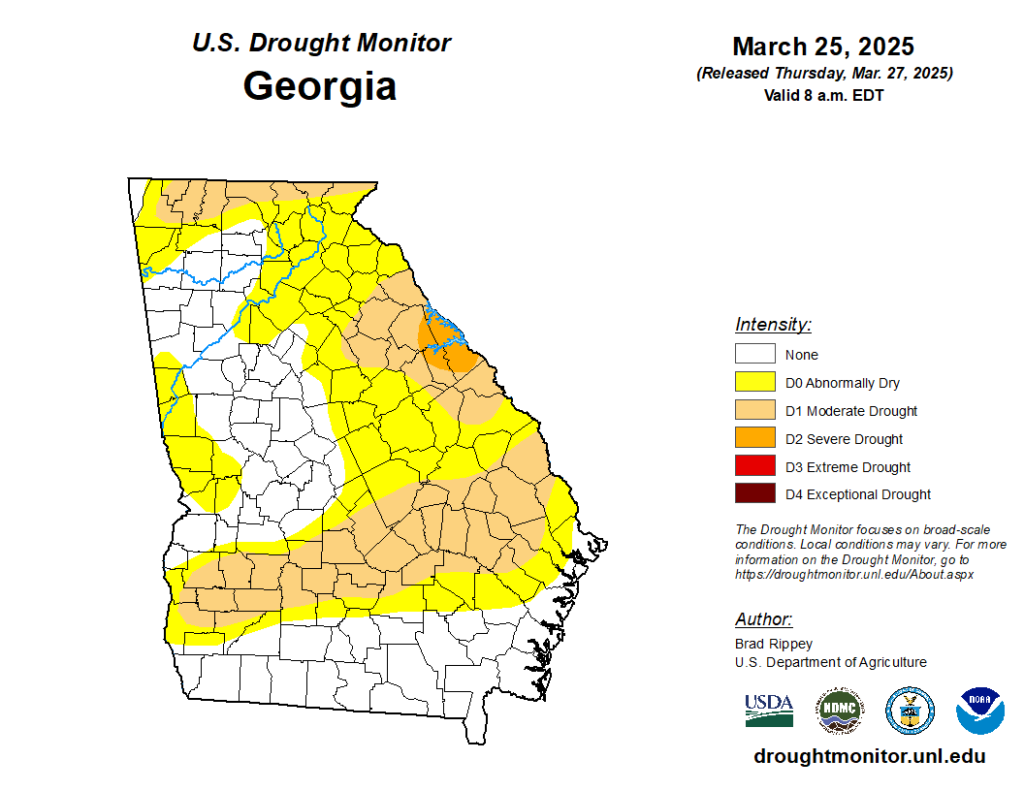
By Clint Thompson
Dry conditions across some of Georgia is not a bad thing for the state’s strawberry producers. It should help those trying to thwart off the impacts of neopestalotiopsis (Neo) disease. That is if it isn’t too late for those growers dealing with the disease, says Phil Brannen, University of Georgia (UGA) Cooperative Extension fruit disease specialist.
“The dry helps us out. The drier it is going forward on strawberries the better, because most of our strawberries, if not all of them, are plasticulture strawberries. We can provide water through drip irrigation. That does help to some degree to reduce the spread of neopestalotiopsis and the degree to which we’re going to see it move,” Brannen said.

“However, by this time, producers already have 50%, 60%, maybe more in some of their death in their strawberries, just already dying. In some cases, they’ve already plowed up some cultivars because it’s so bad.”
Background
Neopestalotiopsis has been a danger to strawberry plants every year since it was first discovered during the 2018–19 season on five farms in Florida. The disease’s initial discovery was attributed to one nursery source in North Carolina. More than 20 farms experienced the disease during the 2019–20 season after it was attributed to two nursery sources early in the season in North Carolina and Canada.
Plant source remains the biggest determining factor in the disease’s impact. Brannen noted last August that nurseries were canceling orders or advising plug plant growers and producers to take plants at their own risk because of the threat of the disease this year.
“It depends on where you got your plants from. If you had a good bit of the disease coming in with your plants, specifically on some cultivars in particular, it’s been really bad,” Brannen said. “Where we have producers that have brought in clean plants and did not have it coming in, I think they’re going to have a pretty good year. It still continues to be that way.”
According to the U.S. Drought Monitor, a large portion of South Georgia and eastern Georgia is either abnormally dry or moderately dry.










